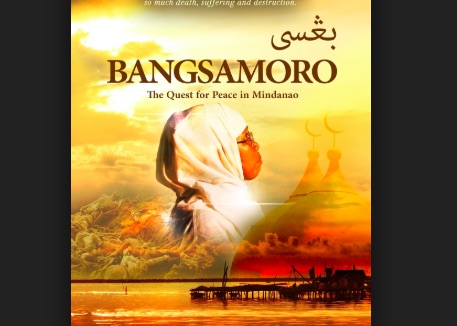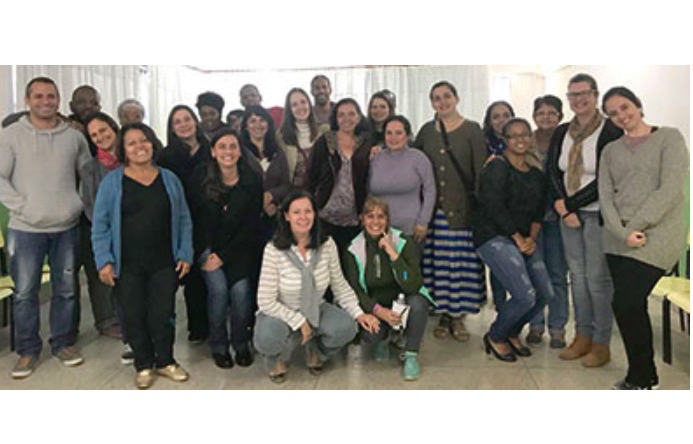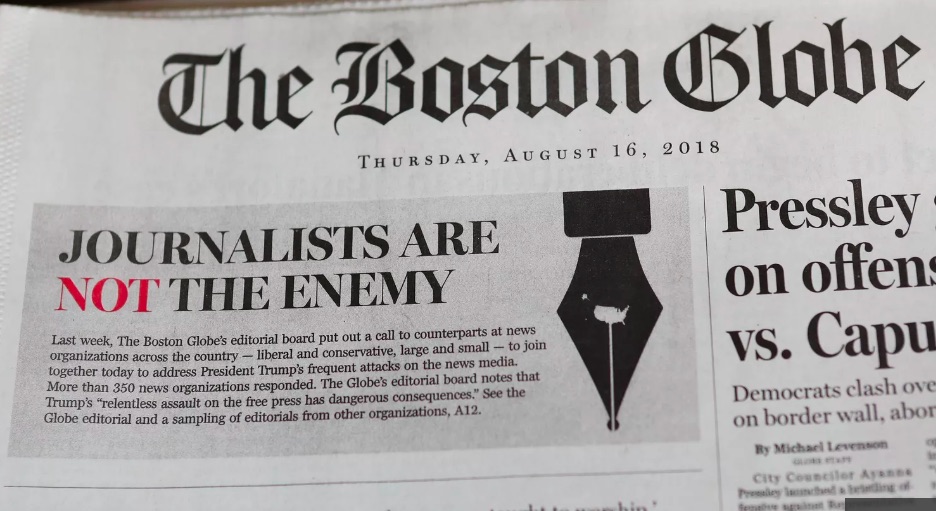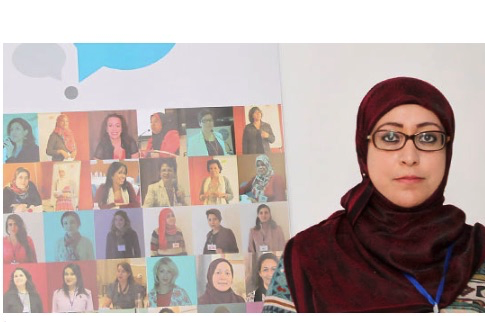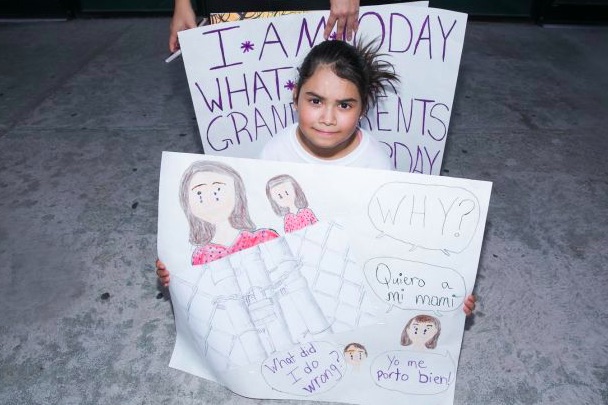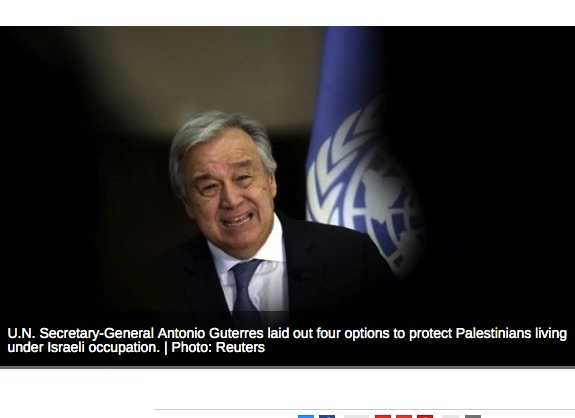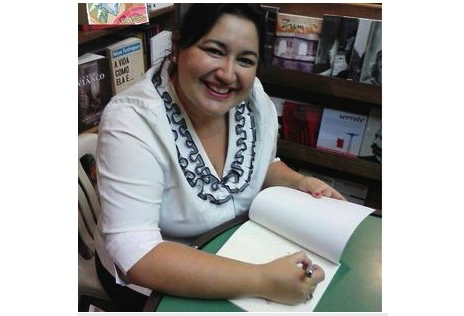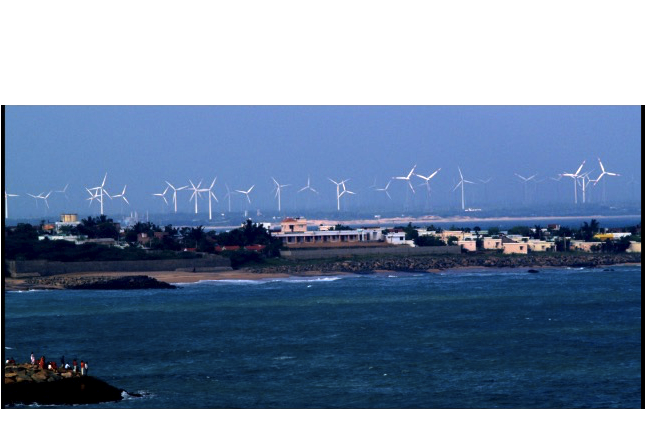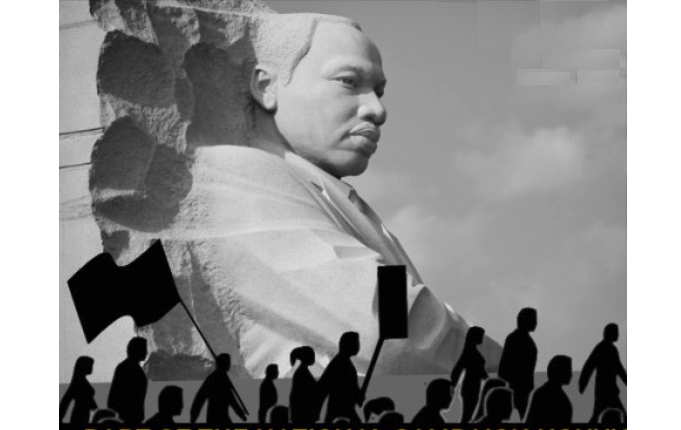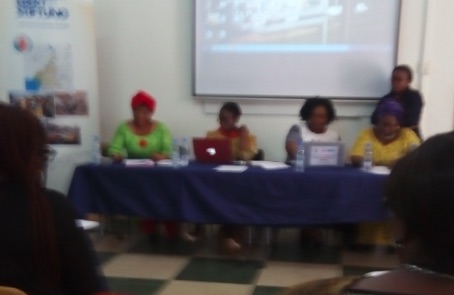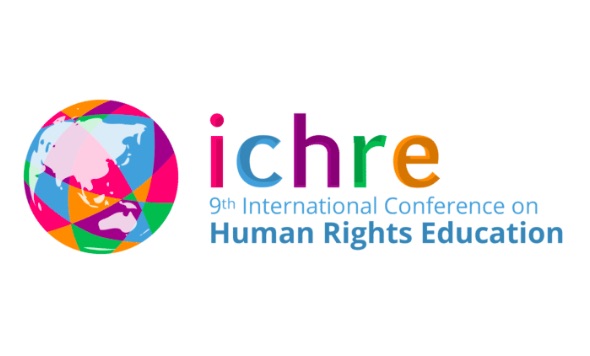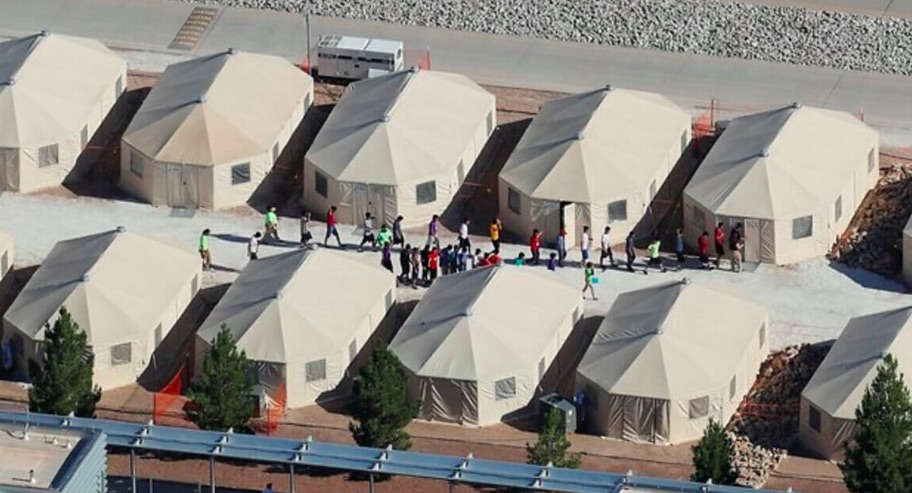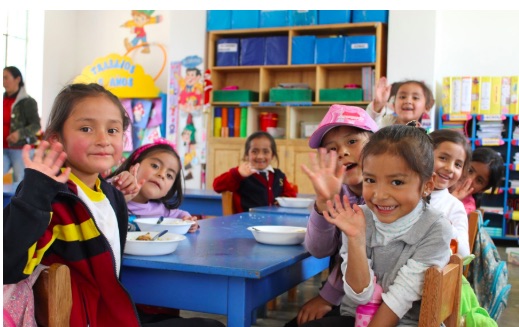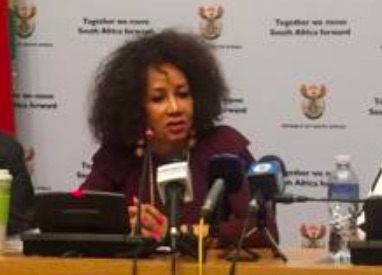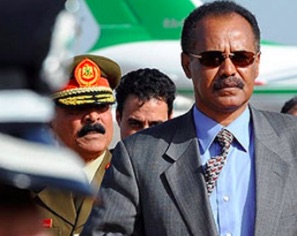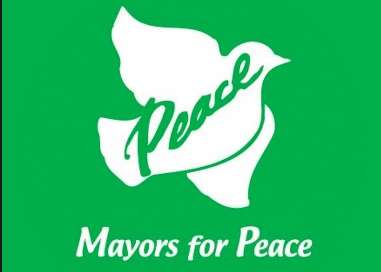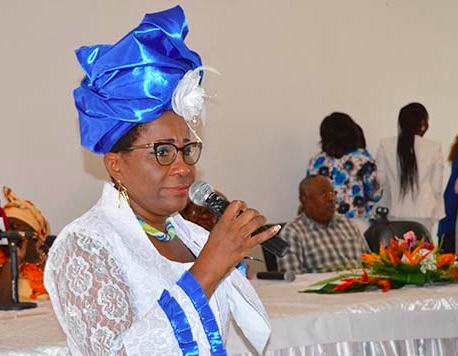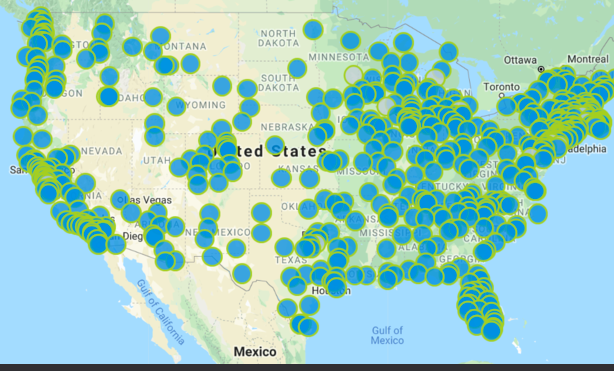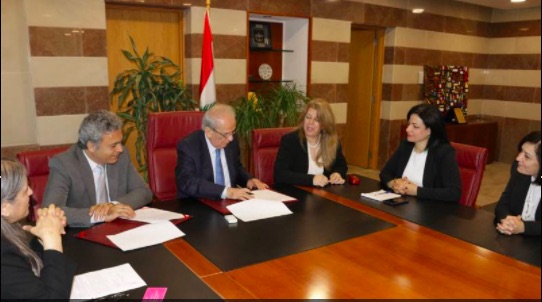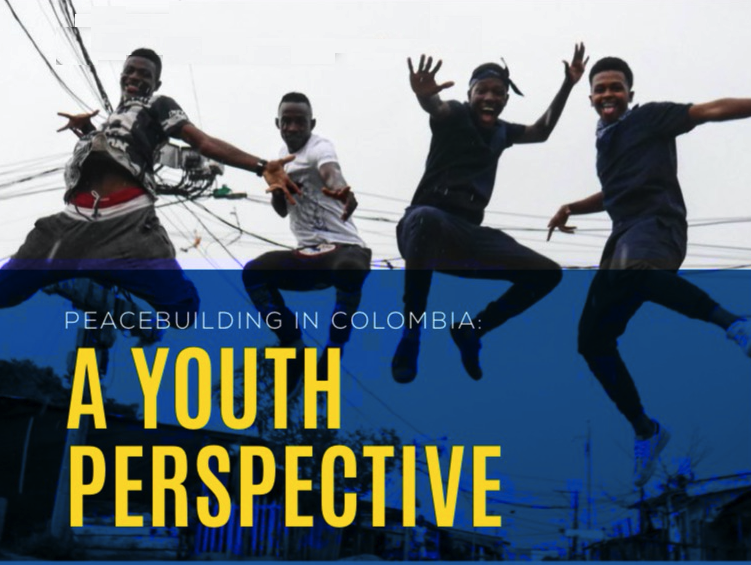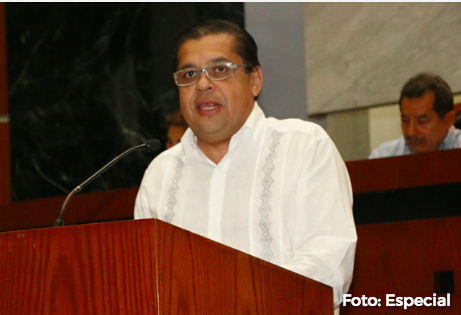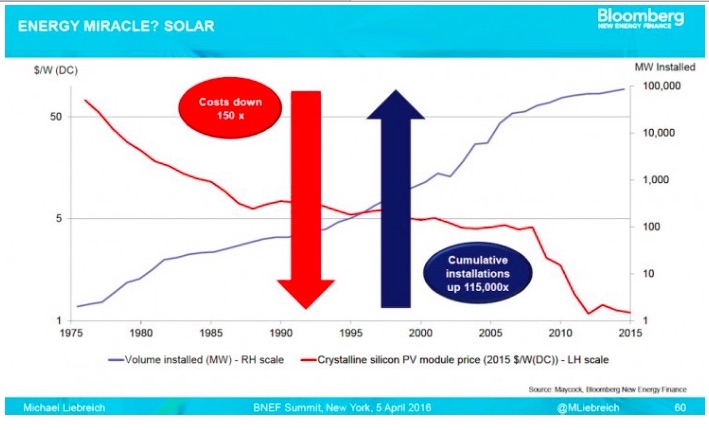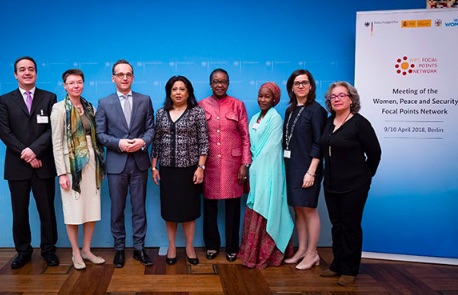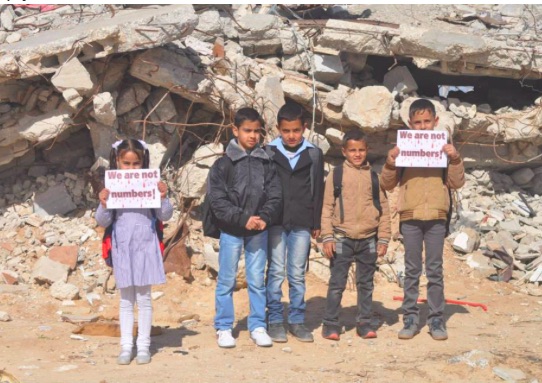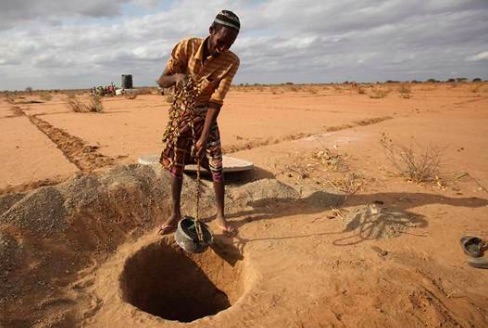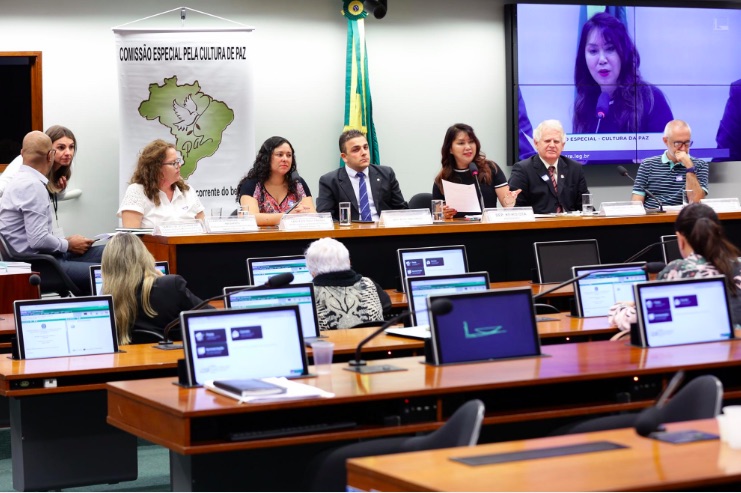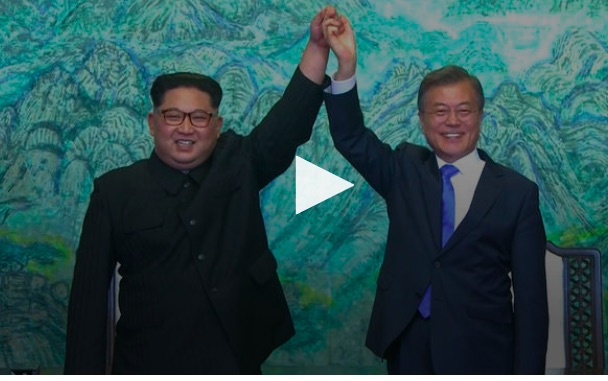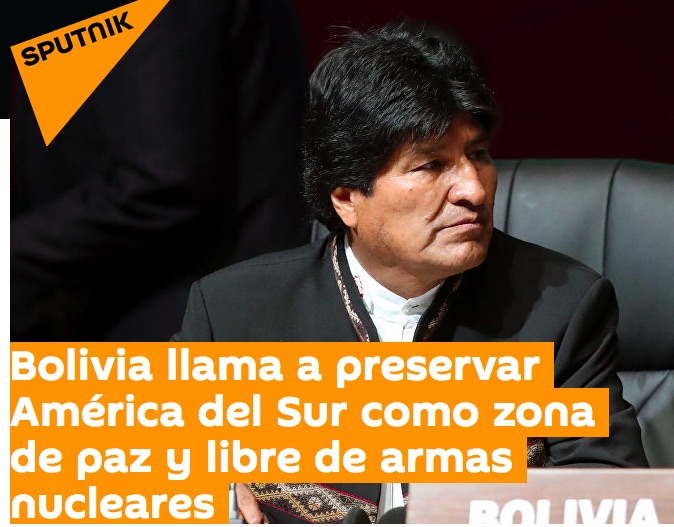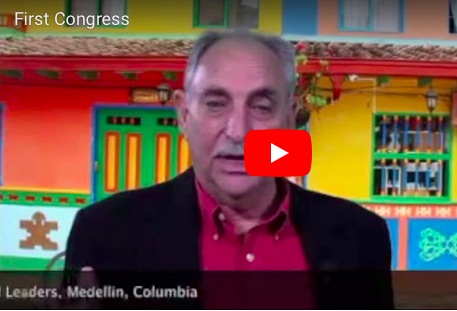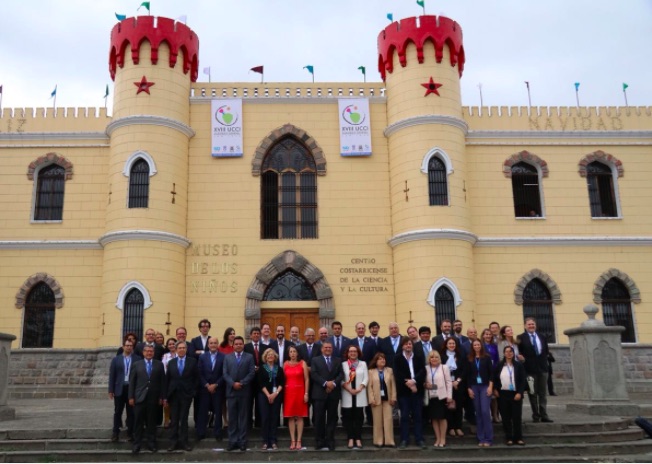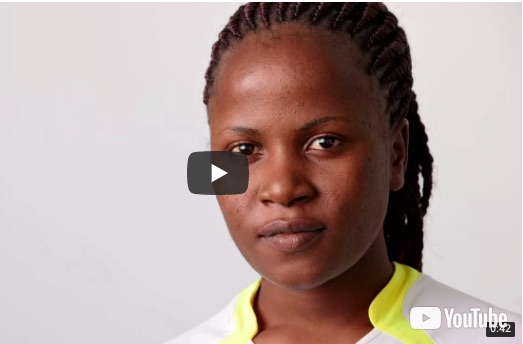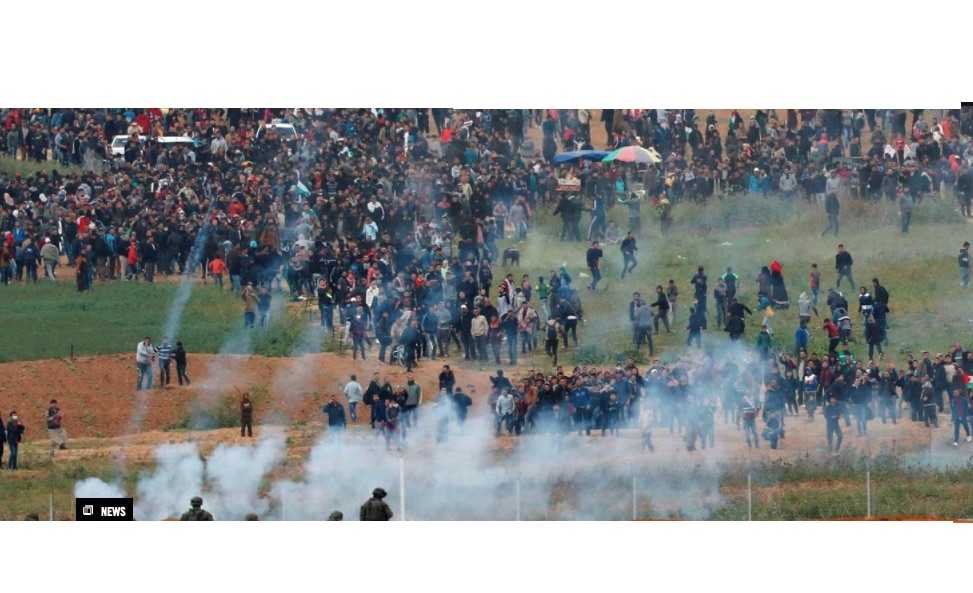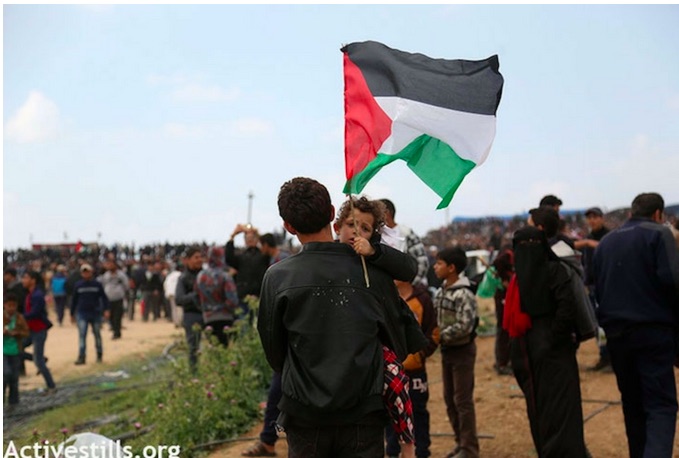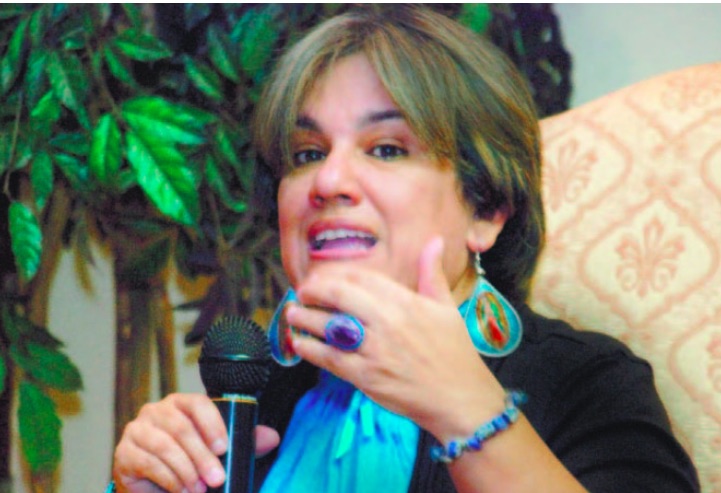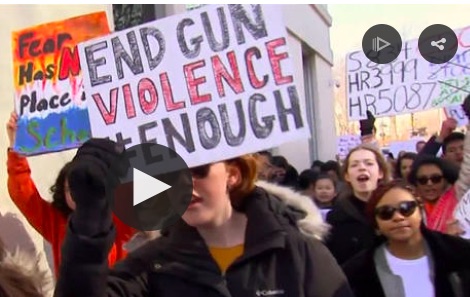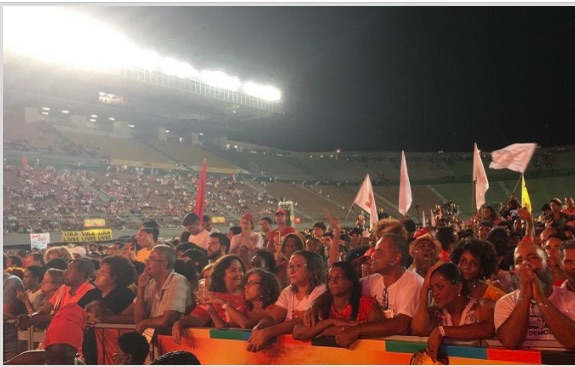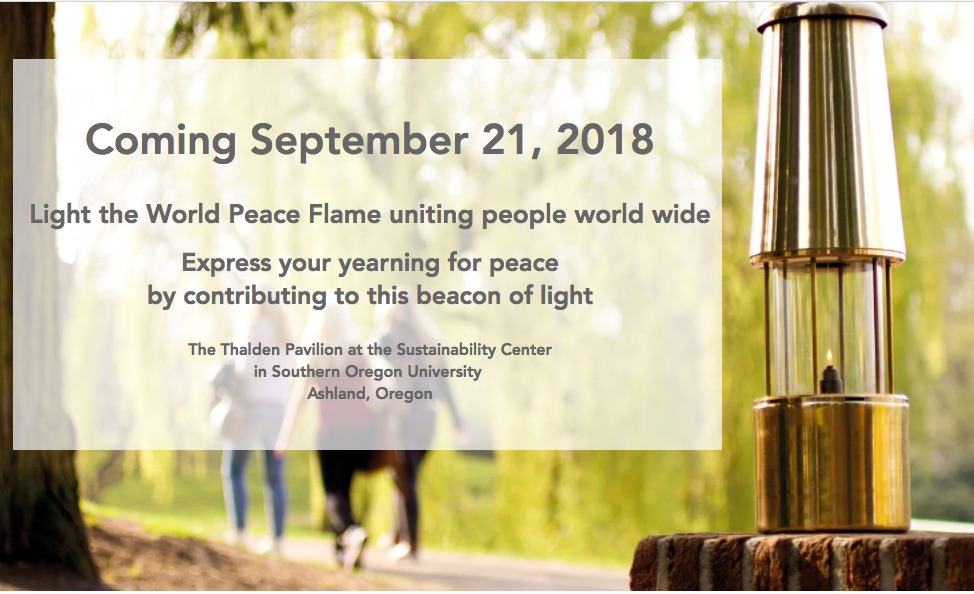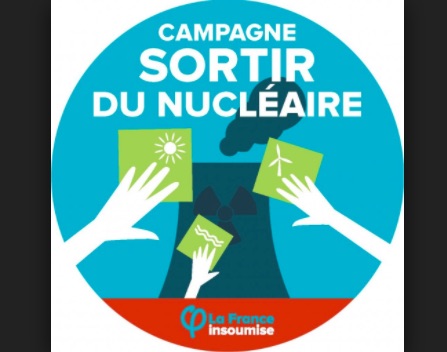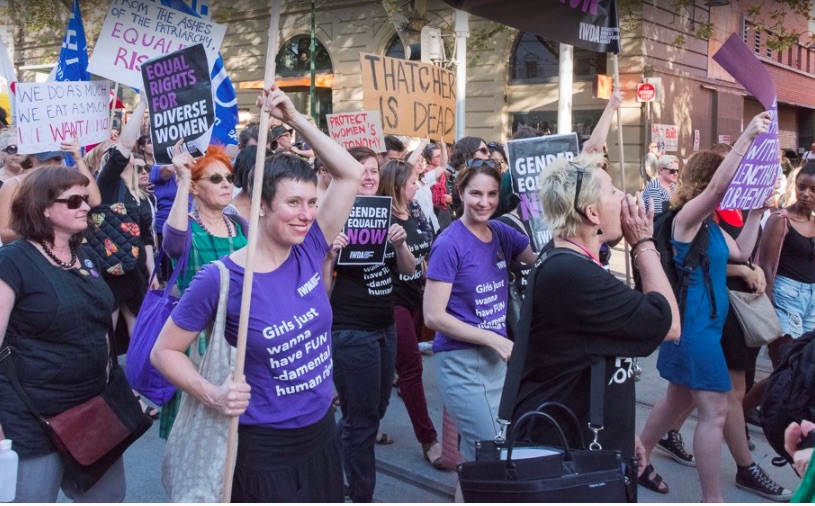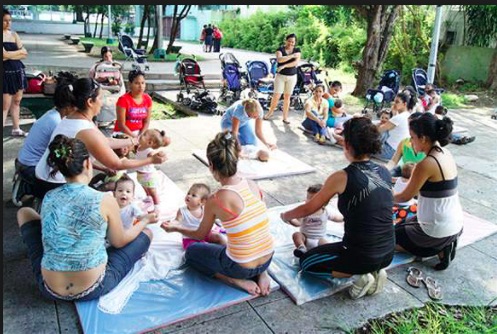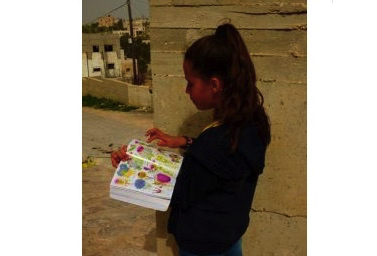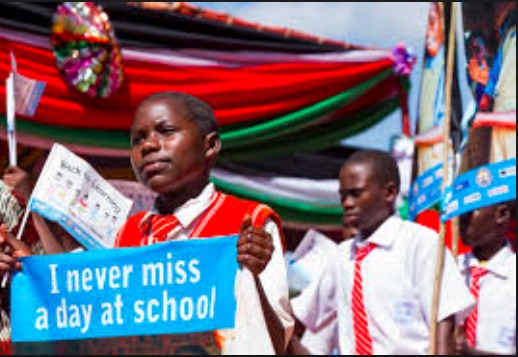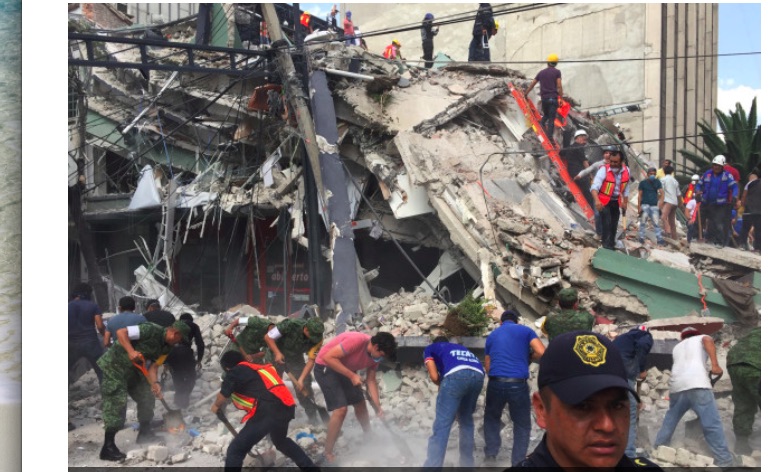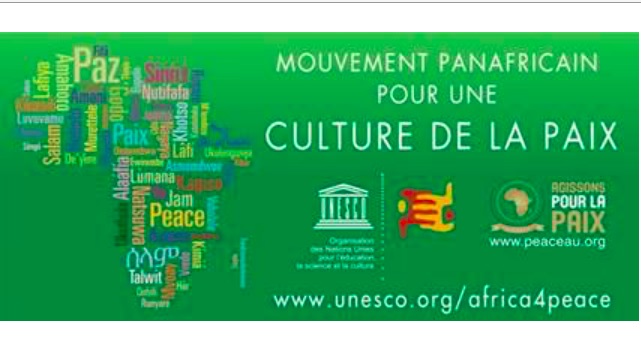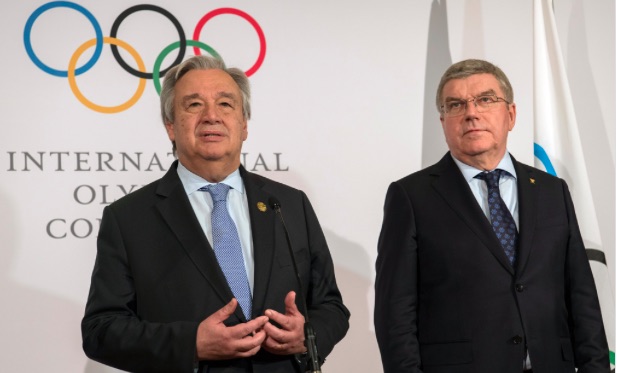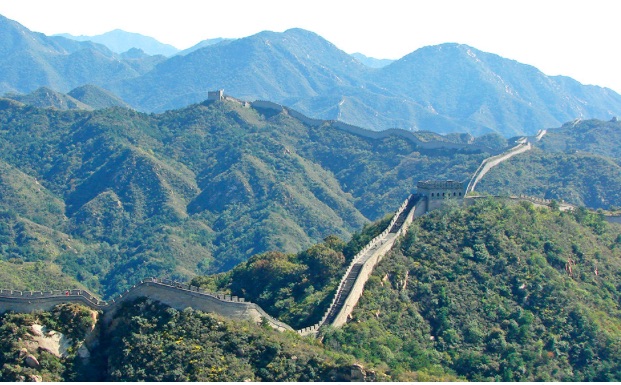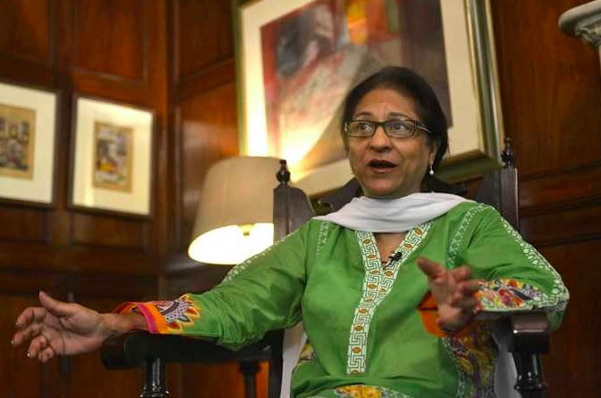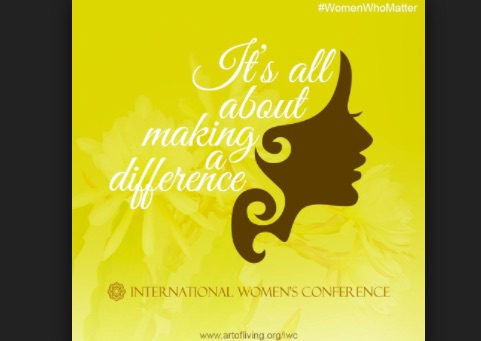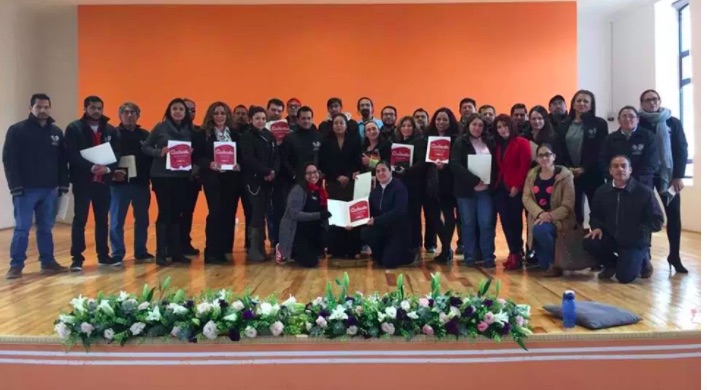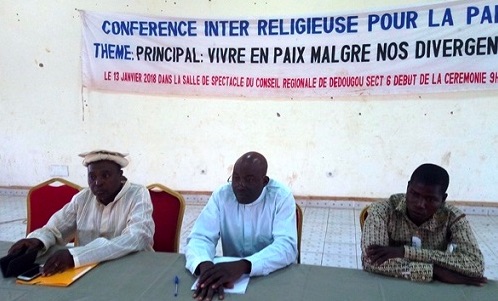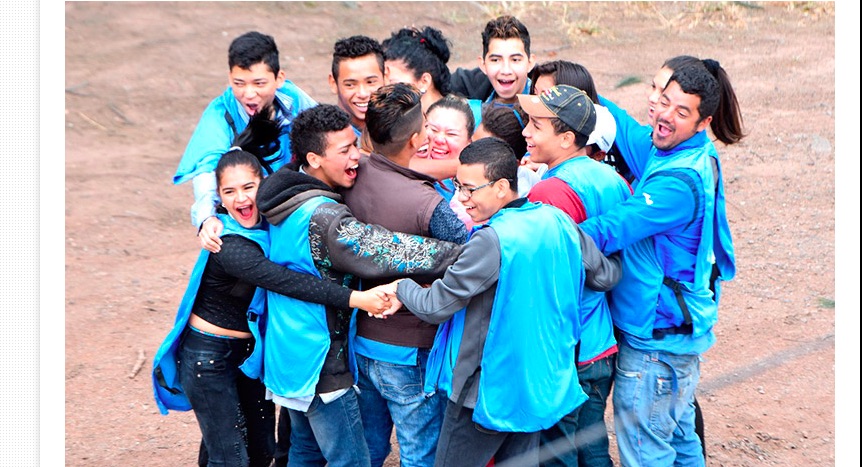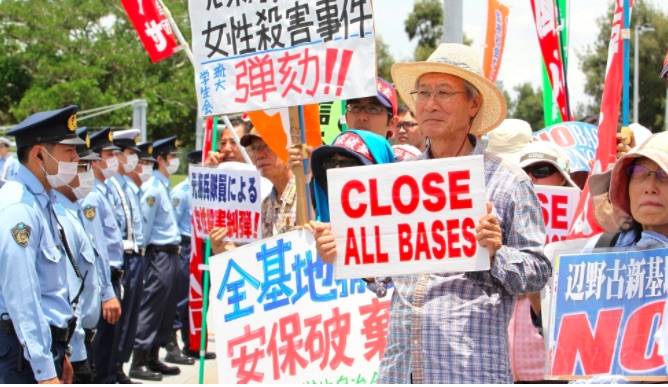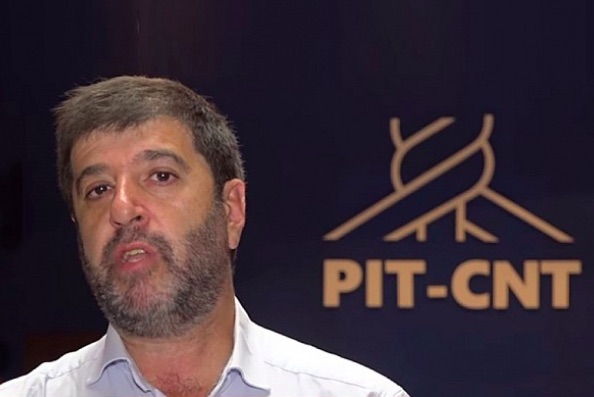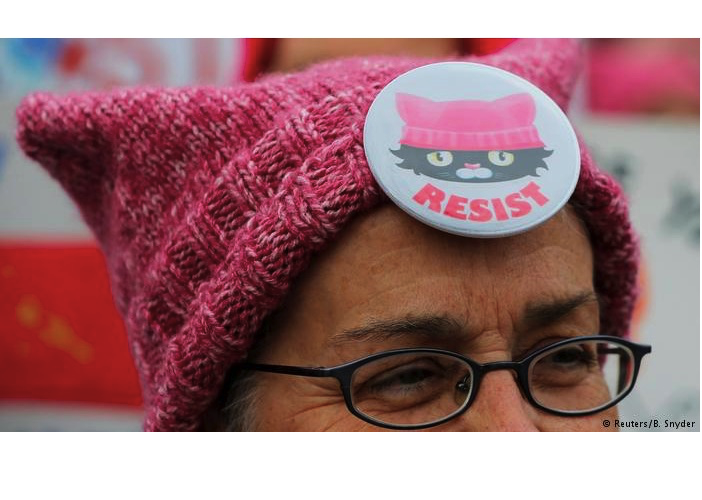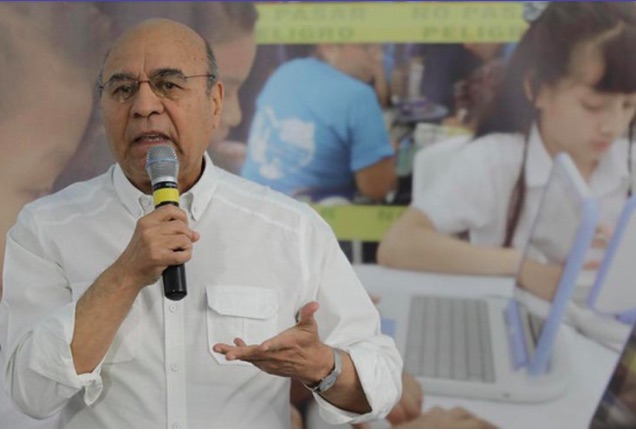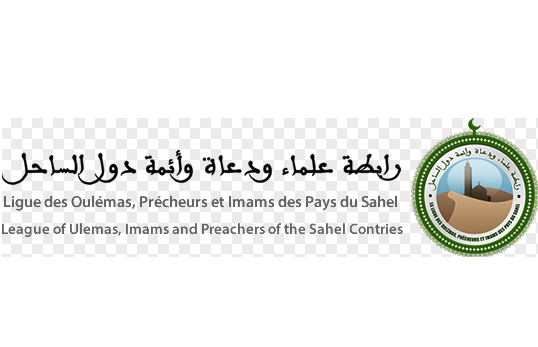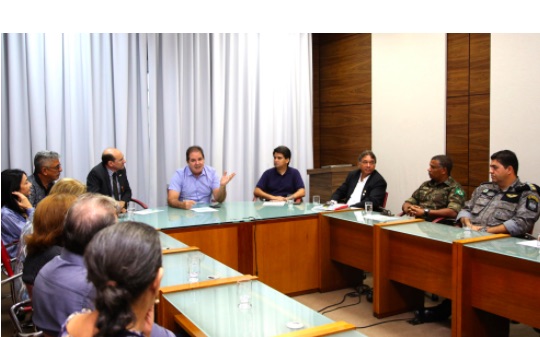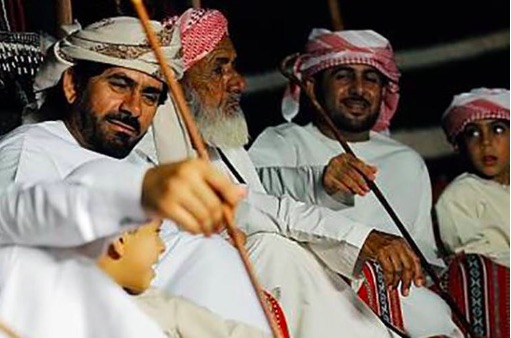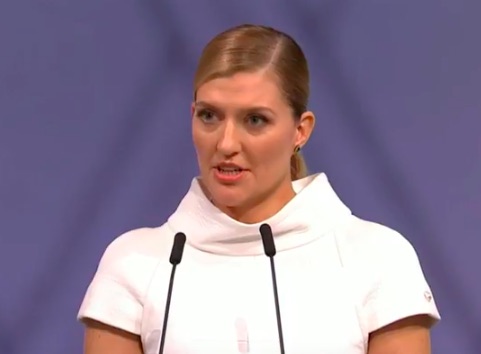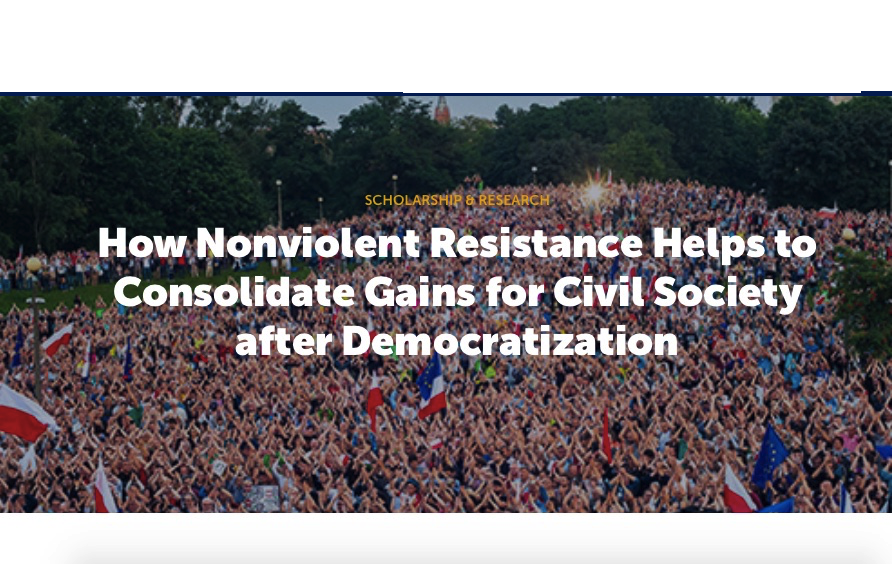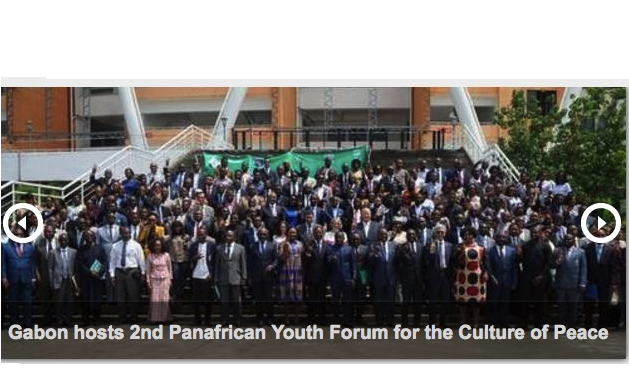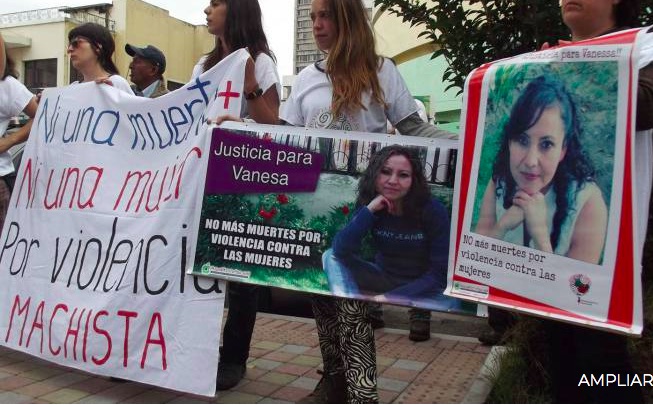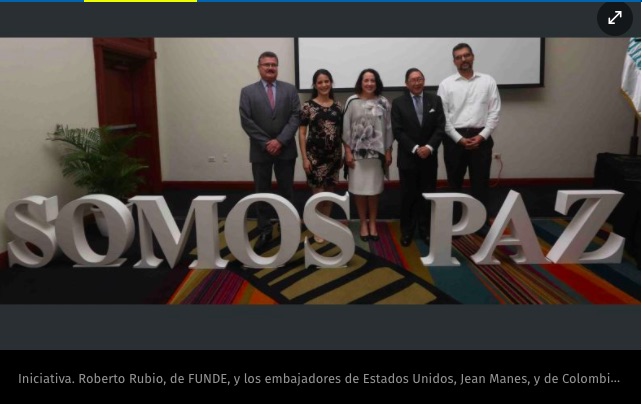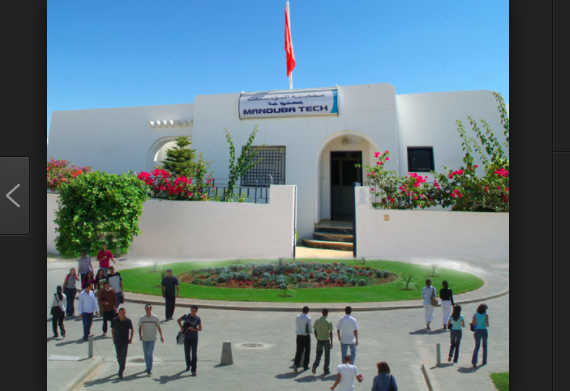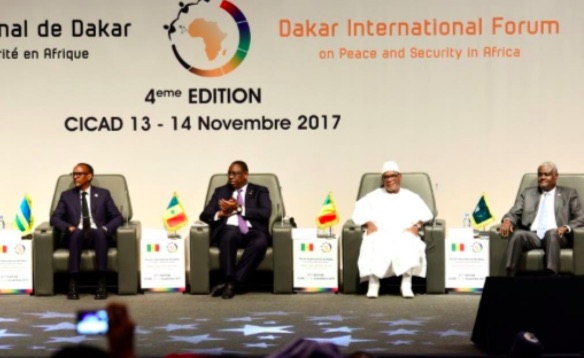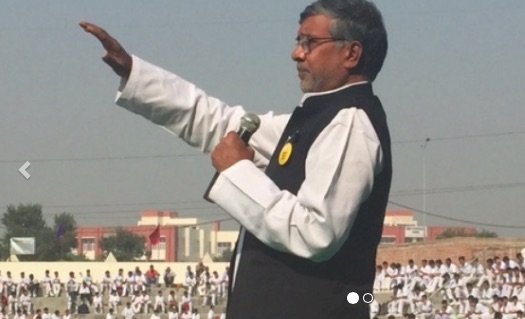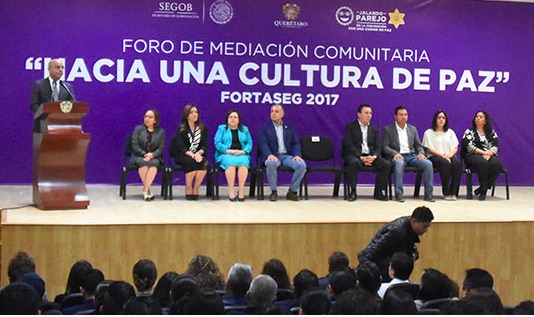This month we look at progress toward peace (or lack of progress) in five major wars and military confrontations: Philippines; Colombia; Ethiopia and Eritrea/North and South Korea; and Israel/Palestine.
On July 27, Philippine President Duterte signed into law the Bangsamoro Basic Law (BOL) which aims to complete the peace agreement between the government and the Moro Islamic Liberation Front (MILF) in the Southern Philippines. The agreement gives the Moro people greater autonomy in ruling their homeland in Mindanao.
Following the ratification of both the Senate and the House of Representatives. Senator Juan Miguel “Migz” Zubiri, who chairs the Senate subcommittee on the BOL said “It’s a new dawn for Bangsamoro in Mindanao.” “The MILF and the MNLF (Moro National Liberation Front) are ready to work with the Philippine Government especially in the conduct of the plebiscite that will be held around November.”
Four years of lobbying for the inclusion of peace education in the BOL was crowned with success. Under Article IX, the Education provision of the BOL, second paragraph says: “The Bangsamoro government shall institutionalize peace education in all levels of education” Some 6,000 new teachers are deployed in five southern provinces and they are now actively helping propagate interfaith solidarity among schoolchildren in support of the government’s Mindanao peace efforts.
Putting the new law into practice, in an historic solidarity event, the Philippine military and the Moro Islamic Liberation Front (MILF) gathered together to celebrate the muslim holiday of Eid Al-Adha.
Following two decades of hostile relations between Ethiopia and Eritrea, a joint peace and friendship agreement was signed by the two countries on 9 July in Asmara. At a rally that was organized by the communities of Eritrea and Ethiopia on 3 August, thousands of citizens of both countries expressed support to the historic agreement reached between President Isaias Afwerki and Prime Minister Dr. Abiy Ahmed to normalize relation. As a result of the agreement, there have been a series of reconciliation agreements with various armed groups, including the Oromo Liberation Front, the Amhara Democratic Forces Movement, and most recently reconciliation talks with the Tigray People’s Democratic Movement.
For years, the strife between Ethiopia and Eritrea weakened the Intergovernmental Authority on Development (IGAD), in the region. Now, it is hoped that IGAD can play its role for for peace and cooperation, similar to that of the Economic Community of West African States (ECOWAS) and the Southern African Development Community (SADC) which are relatively successful in reinforcing peace and stability as well as cooperation among their members.
For years now, we have followed the peace process in Colombia. Although the newly elected government in Colombia has opposed part of the peace accords at a national level, outoing President Santos considers that the “peace is irreversible” and there continues to be progress towards peace at the departmental level. In the Department of Bolivar, the project Ruta de la Paz, is promoting tourism and cultural development in regions and municipalities that were affected by the Colombian armed conflict. And in the Department of Caldas, teachers of public educational institutions, cultural managers, librarians, social leaders, police, members of the Red Cross and members of the municipal councils have become peace promoters through the diploma “Rural education as a scenario in peace building.”
Although Afro-Colombians have become disenchanted with the implementation of the accords in their region on the West Coast, they have continued to build peace in their own ways. Residents are creating local peace-building initiatives, and last year, the residents of Buenaventura and the surrounding area shut down the city in a civil strike, demanding a recognition of their rights.
This year we have followed the progress towards an eventual peace agreement and reconciliation between North and South Korea. Progress has been slow in recent months, but a peace summit is planned for the North’s capital of Pyongyang this month. It will mark the third meeting between North Korean leader Kim Jong Un and South Korean President Moon Jae-in.
Finally, we consider the long-standng conflict between Palestine and Israel which periodically erupts into open warfare. In the latest development, United Nations Secretary-General Antonio Guterres has proposed a United Nations-led armed international mission to defend Palestinians in the occupied West Bank and Gaza from the Israeli army. Unfortunately, it seems that this cannot be achieved because of the veto power of the United States in the Security Council.
|
DISARMAMENT AND SECURITY |
SUSTAINABLE DEVELOPMENT |
DEMOCRATIC PARTICIPATION |
FREE FLOW OF INFORMATION |
|
WOMEN’S EQUALITY |
HUMAN RIGHTS |
TOLERANCE AND SOLIDARITY |
EDUCATION FOR PEACE |
